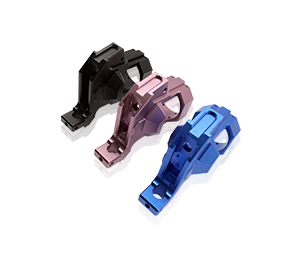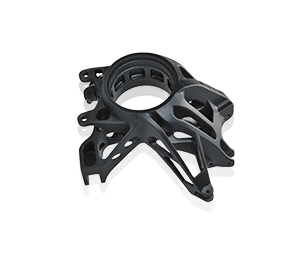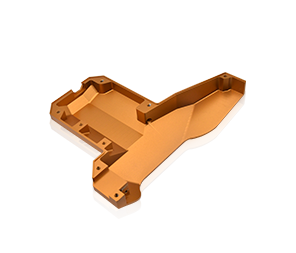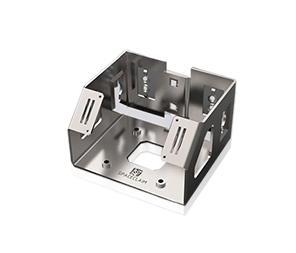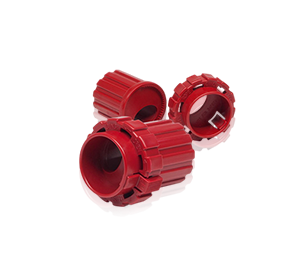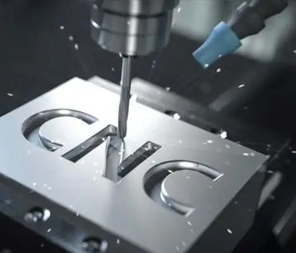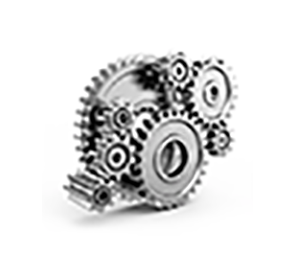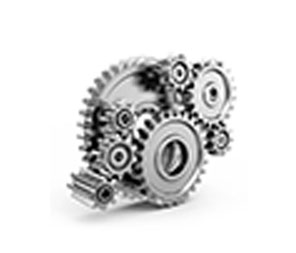Looking for tips on how to reduce medical device manufacturing costs? This article on efficient prototyping and design options will help.
From advanced implants using biocompatible materials to prostheses that connect to the nervous system, the medical field is often at the forefront of engineering. Only through a rigorous system of design, prototyping and testing can you reach a level of engineering that realizes advancements.
Due to the extremely high risks associated with medical technology, the prototyping phase is crucial to eliminate any design flaws that could lead to life-threatening failures. This need for extensive prototyping and testing translates directly into increased costs. This paper will outline methods to reduce the cost of medical device manufacturing without compromising prototype quality and functionality. The ultimate goal is to achieve low-cost manufacturing of medical devices.
Tip 1: Choose the right material
Medical devices are often made from advanced biocompatible materials. An example of this is a typical knee implant made from a superalloy. The purpose of these advanced materials is twofold: they are not rejected by the body and they must be durable enough to meet the life expectancy of the device.
Choosing the right material is important in the prototyping process. Proof-of-concept prototypes can be made from inexpensive materials such as plastic or aluminum. Functional medical prototypes need to be made from the same materials as the final product. This is to ensure that they meet the relevant performance, usability and manufacturability parameters of the final product. Significant savings can be realized by using only the materials required for the purpose of the prototype.
Tip 2: Choose the right manufacturing technology
It is not economically viable to retain a range of advanced machines to manufacture only one-off prototypes. These machines will only pay for themselves if they run a continuous production cycle. A machine waiting to be used costs money rather than saving it. Outsourcing prototyping ensures that there is no need to maintain these overheads. It also provides the flexibility to try different technologies if they don't produce the desired results.
Modern medical technologies are complex combinations of advanced materials and subcomponents. As a result, their manufacture relies on a wide range of technologies. Prototyping often requires the manufacture of functional test pieces that require a variety of manufacturing methods, such as:
CNC machining-CNC machining is characterized by high precision, fast turnaround, and a wide range of material compatibility.
Sheet metal fabrication-Sheet metal parts are inexpensive, durable, and can receive a range of finishes or coatings.
3D Printing-Printed parts allow for the creation of complex geometries with internal cavities and features not possible with other technologies.
Injection Molding-Injection molding offers unmatched productivity and cost per part. However, because molds are expensive, extra care must be taken when designing parts for injection molding.
Maintaining an array of state-of-the-art machines to make one-off prototypes is not economically feasible. These machines only pay for themselves when running continuous production cycles. A machine waiting to be used costs money, not saves it. Outsourcing prototyping ensures that there is no need to maintain these routine expenses. It also provides the flexibility to try out different techniques if they don't produce the desired results.
Tip #3: Using DFM to Manufacture Medical Devices Cost Effectively
There is often a disconnect between the theoretical validity of a design and the actual manufacturing of the part. It is difficult for design engineers to stay current in both their area of expertise and manufacturing technology. This can result in parts that meet all end-use requirements but are not manufacturable. Proper use of Design for Manufacturing (DFM) principles can improve the efficiency of medical device manufacturing and ultimately reduce the cost of medical device manufacturing.
Instead of forcing design engineers to become gurus in the medical device field and manufacturing, it is more efficient to outsource DFM analysis to true manufacturing experts. Partnering with a company that has expertise in analyzing designs and providing manufacturability insights can result in significant cost savings. Of course, it is not cost-effective to spend 90% of the design process before realizing that the product is impossible to manufacture or relying on costly manufacturing techniques.
Tip 4: Eliminate Feature Creep for Affordable Medical Device Designs
Feature creep is all the add-ons that are added to a device that don't necessarily add to its core design requirements. For aesthetic purposes, creep can take the form of added functionality or increased manufacturing complexity. While eliminating added user functionality requires thorough engineering analysis, manufacturing feature creep can only be eliminated by those with relevant manufacturing experience. They can emphasize which features add disproportionate manufacturing costs, resulting in less costly medical device designs. Two major culprits are listed below.
Tolerances - Adding excessive tolerance requirements to a design can significantly increase manufacturing costs. Limit tight tolerances to a reasonable area that can be adjusted to meet engineering needs.
Surface Finish - For cleaning reasons, the medical field sometimes requires highly polished and mirrored finishes. However, not all medical devices require this. Polishing is an expensive operation. Most parts with a surface finish below grade A will still work fine.
Tip 5: Work with a prototyping expert
As mentioned in the previous tip, the easiest way to achieve efficient manufacturing of medical devices is to work with an expert in the field of medical prototyping. Many manufacturing facilities will be happy to build parts from your drawings. These parts will meet specifications, be free of manufacturing defects, and will be machined to the required tolerances. However, these manufacturers may not point out ways to reduce manufacturing complexity because it simply isn't their job to do so.

